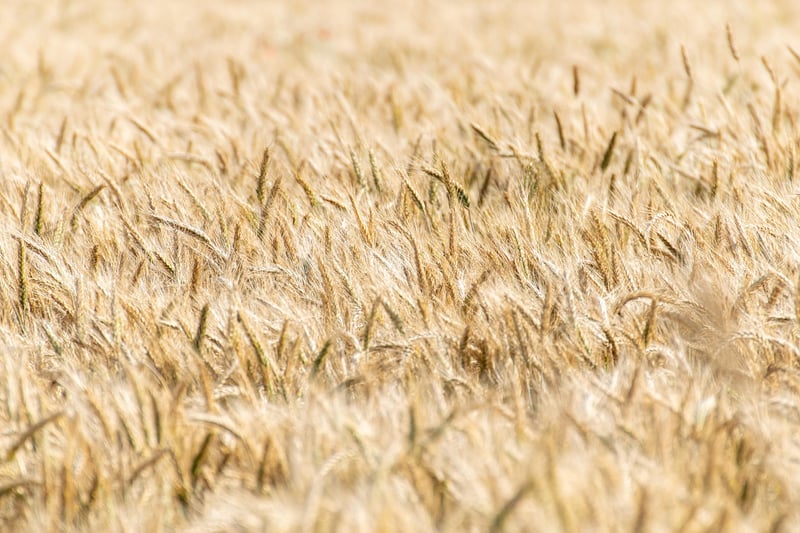Vertical Farming
The Rise of Green Oases: Exploring Vertical Farming
As urban spaces continue to expand and traditional farming faces challenges, the concept of vertical farming has emerged as a sustainable solution to meet the growing demand for food production. Vertical farming involves growing crops in vertically stacked layers, often in controlled environments like skyscrapers or repurposed buildings, using innovative technologies to optimize growth conditions.
Benefits of Vertical Farming
1. Space Efficiency: By utilizing vertical space, vertical farms can produce higher yields in a smaller footprint compared to traditional farms.
2. Resource Conservation: Vertical farming minimizes water usage, reduces the need for pesticides, and can operate year-round regardless of weather conditions.
3. Local Food Production: Vertical farms can be established in urban areas, reducing the carbon footprint associated with transporting food from rural farms to cities.
Green Oases in Urban Landscapes
Vertical farms not only contribute to food security but also enhance urban landscapes by transforming concrete jungles into green oases. These sustainable structures not only provide fresh produce but also improve air quality, reduce energy consumption, and create a sense of community around agriculture in urban settings.

The Future of Agriculture
With advancements in technology and a growing focus on sustainability, vertical farming is poised to revolutionize the way we think about agriculture. These green oases in the sky offer a glimpse into a future where food production is not only efficient but also environmentally friendly and accessible to urban populations.
Explore the possibilities of vertical farming and join the movement towards creating a greener, more sustainable future for generations to come.
